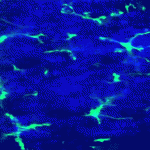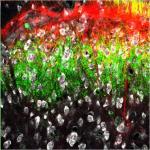Publication Type:
Journal ArticleSource:
Trends Neurosci, Volume 17, Issue 12, p.517-25 (1994)Keywords:
gamma-Aminobutyric Acid, Hippocampus, Kindling, Neurologic, Neural Inhibition, Patch-Clamp Techniques, Pyridines, Receptors, GABA-A, Receptors, GABA-B, Synapses, ZolpidemAbstract:
<p>A fragile balance between excitation and inhibition maintains the normal functioning of the CNS. The dominant inhibitory neurotransmitter of the mammalian brain is GABA, which acts mainly through GABAA and GABAB receptors. Small changes in GABA-mediated inhibition can alter neuronal excitability profoundly and, therefore, a wide range of compounds that clearly modify GABAA-receptor function are used clinically as anesthetics or for the treatment of various nervous system disorders. Recent findings have started to unravel the operation of central GABA synapses where inhibitory events appear to result from the synchronous opening of only tens of GABAA receptors activated by a saturating concentration of GABA. Such properties of GABA synapses impose certain constraints on the physiological and pharmacological modulation of inhibition in the brain.</p>



